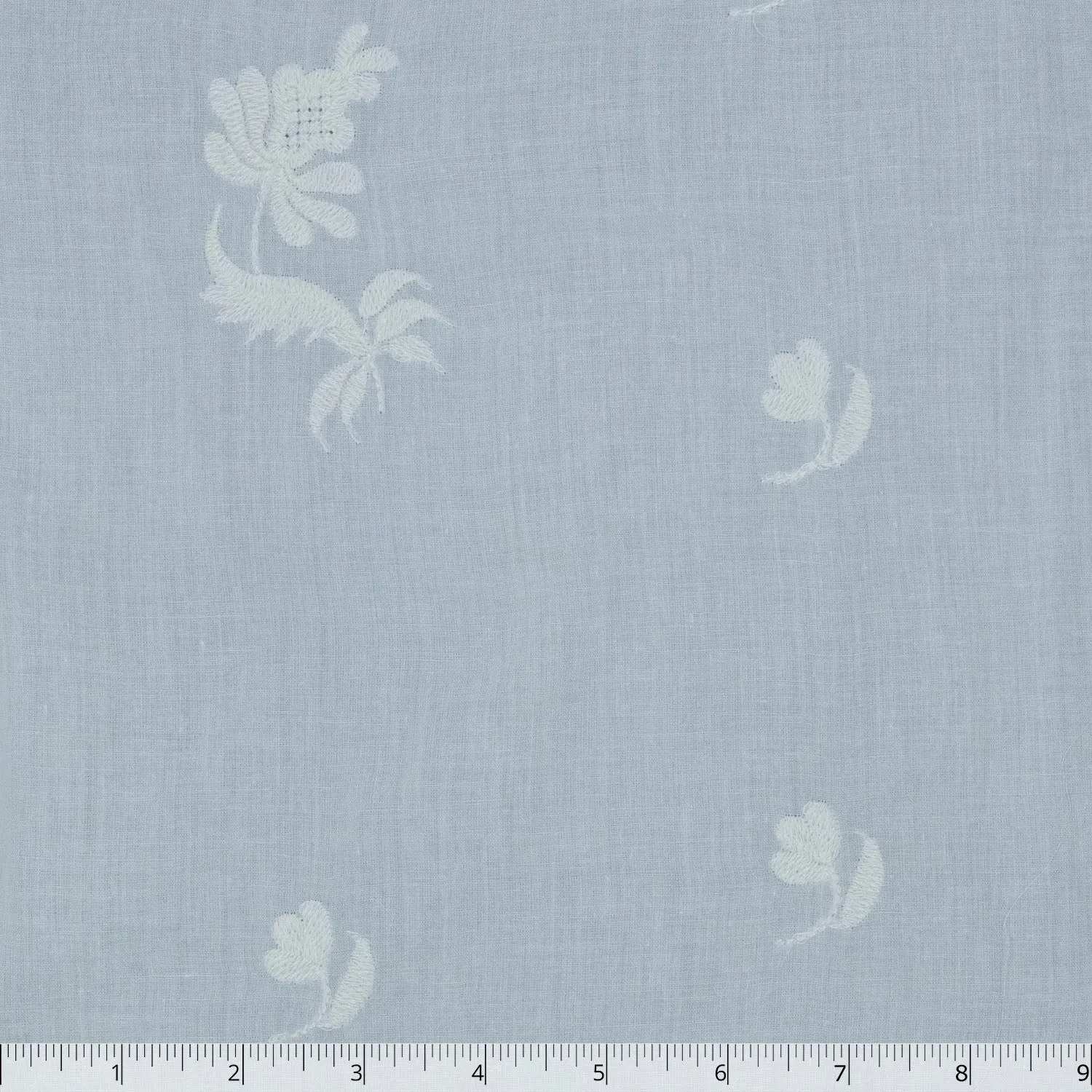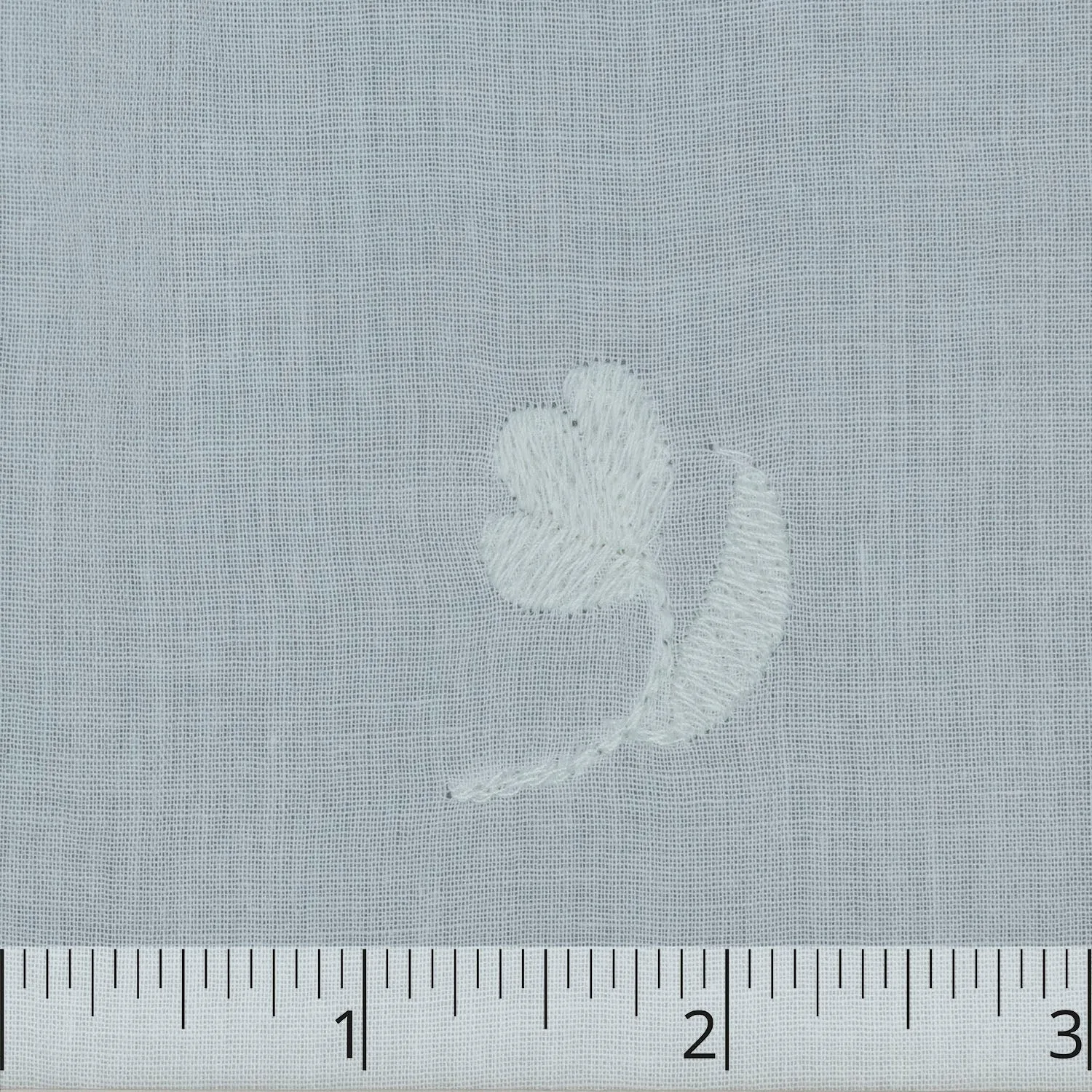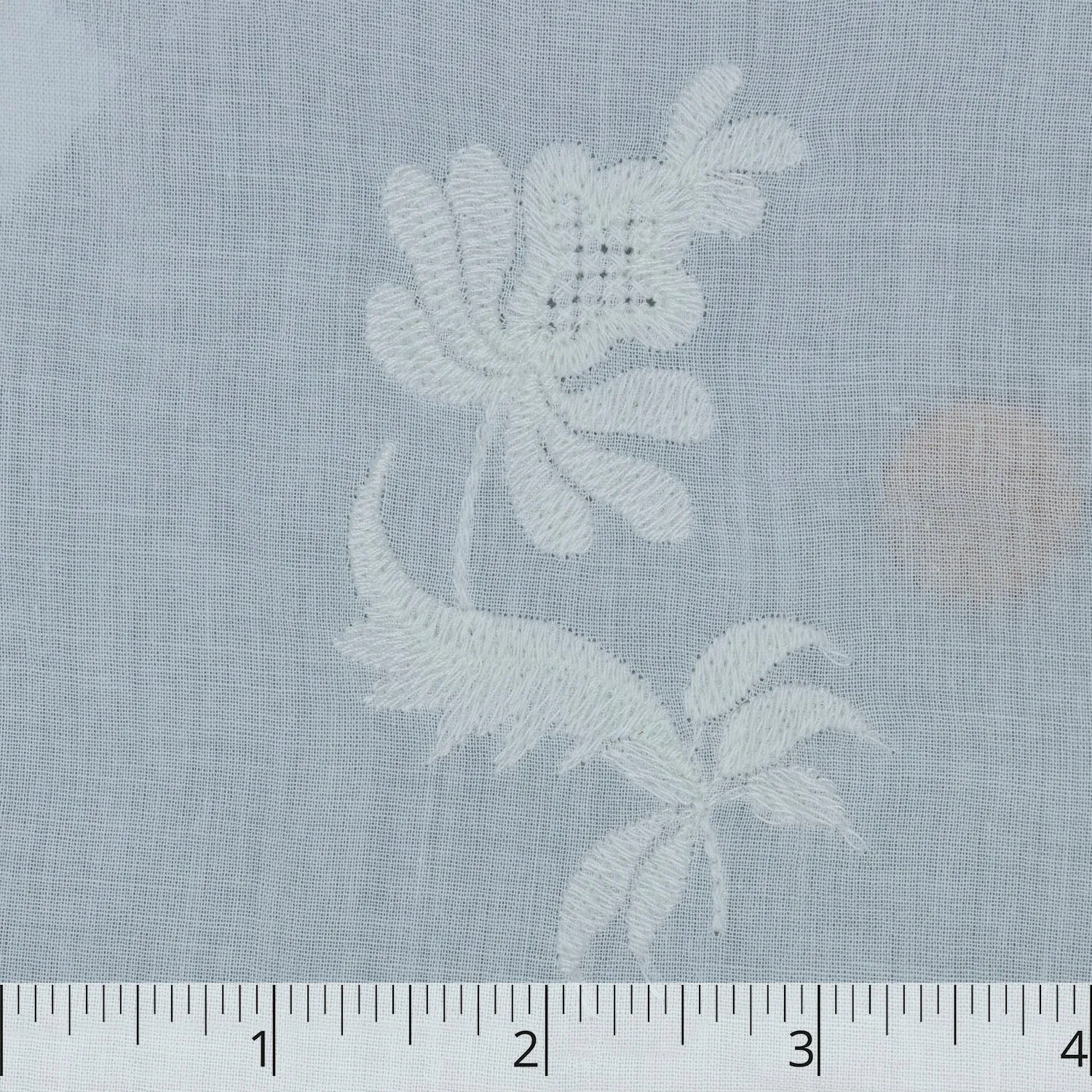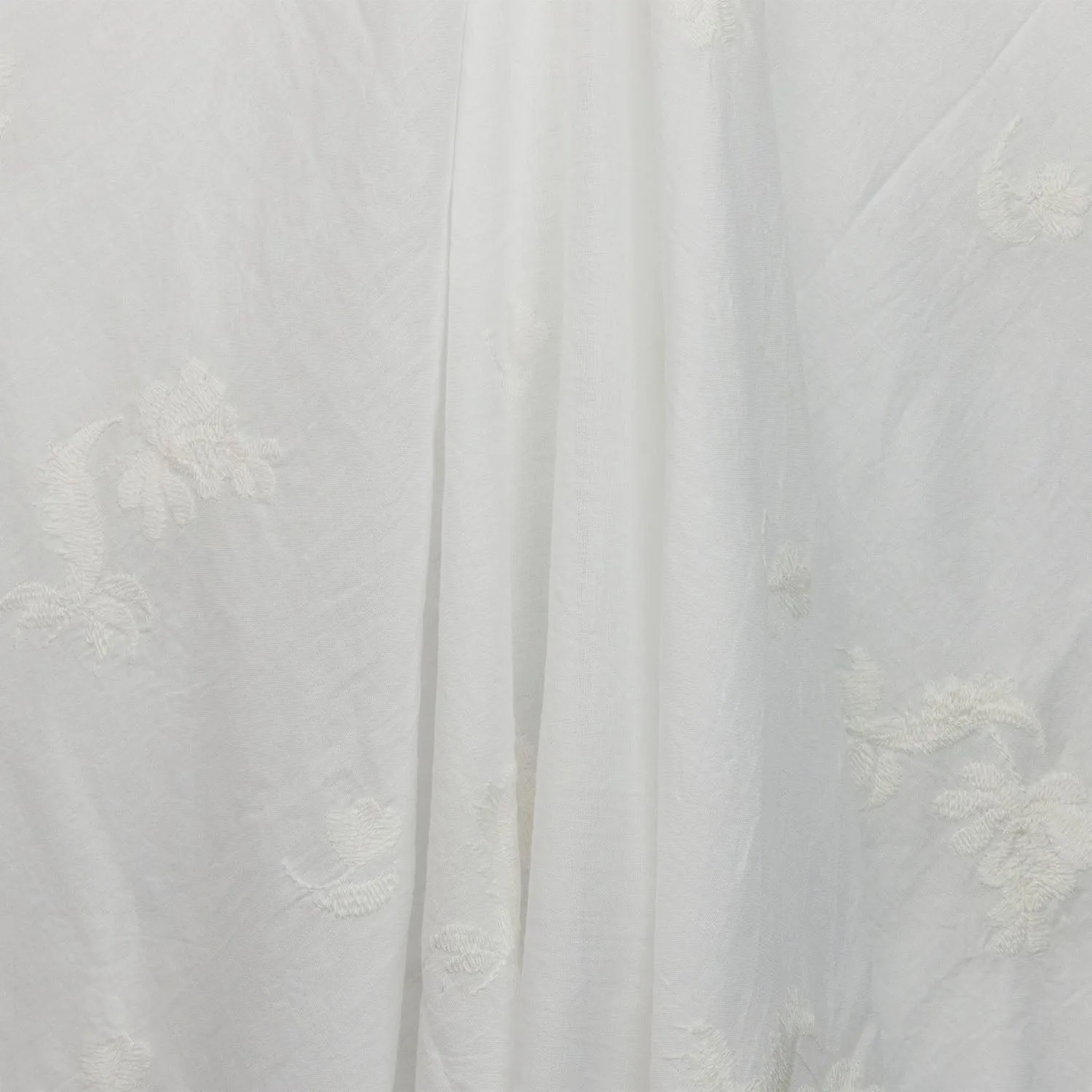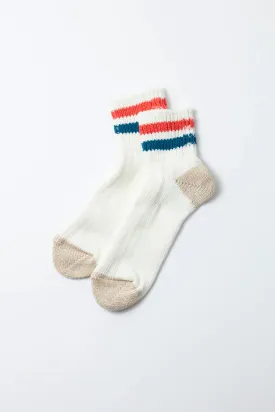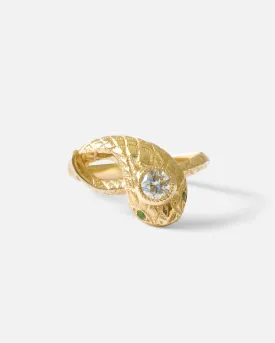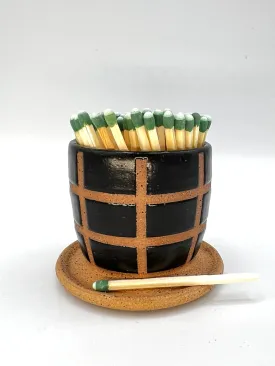In the 18th century, embroidery was not only a product of skilled Guild members, but also domestically pursued by women and girls who had the time and resources. Whitework embroidery, originating in India, was produced on fine cotton muslins or linens, and made into handkerchiefs, sleeve ruffles, & dress aprons. The last two decades of the century began the transition to the Neoclassical fashion designs of the early 19th century. Light cottons and lutestring complemented this softer silhouette. Cotton embroidered muslins, especially white-on-white designs, began to be produced as yard goods, and by the 19th century, white muslin gowns were the norm, rather than the exception.
Our embroidered muslin is based on a , from the collection of Mary Doering. These transitional gowns are elegant in their assembly, with to create a soft flow. Many white-on-white embroidered gowns from the first two decades of the 19th century exist in collections, such in the MET museum.
- Our fine mull is hand-loomed using a very fine yarn, at over 100 threads per inch, and is quite transparent.
- Well-suited for any fashion where fine muslin is required, as well as fine accessories such as caps, aprons, neckerchiefs, handkerchiefs, sleeve flounces and tuckers. Excellent for anything with white work or embroidery, to include late 18th and early 19th century gowns, as well as children’s clothing.
- 100% Cotton, 44 inches wide.
- Note: embroidery begins 2 inches in on each side with a logo embroidered on one side.
When you purchase our reproduction fabric, a donation will be made to the in honor of Mary who is an avid cat lover!




